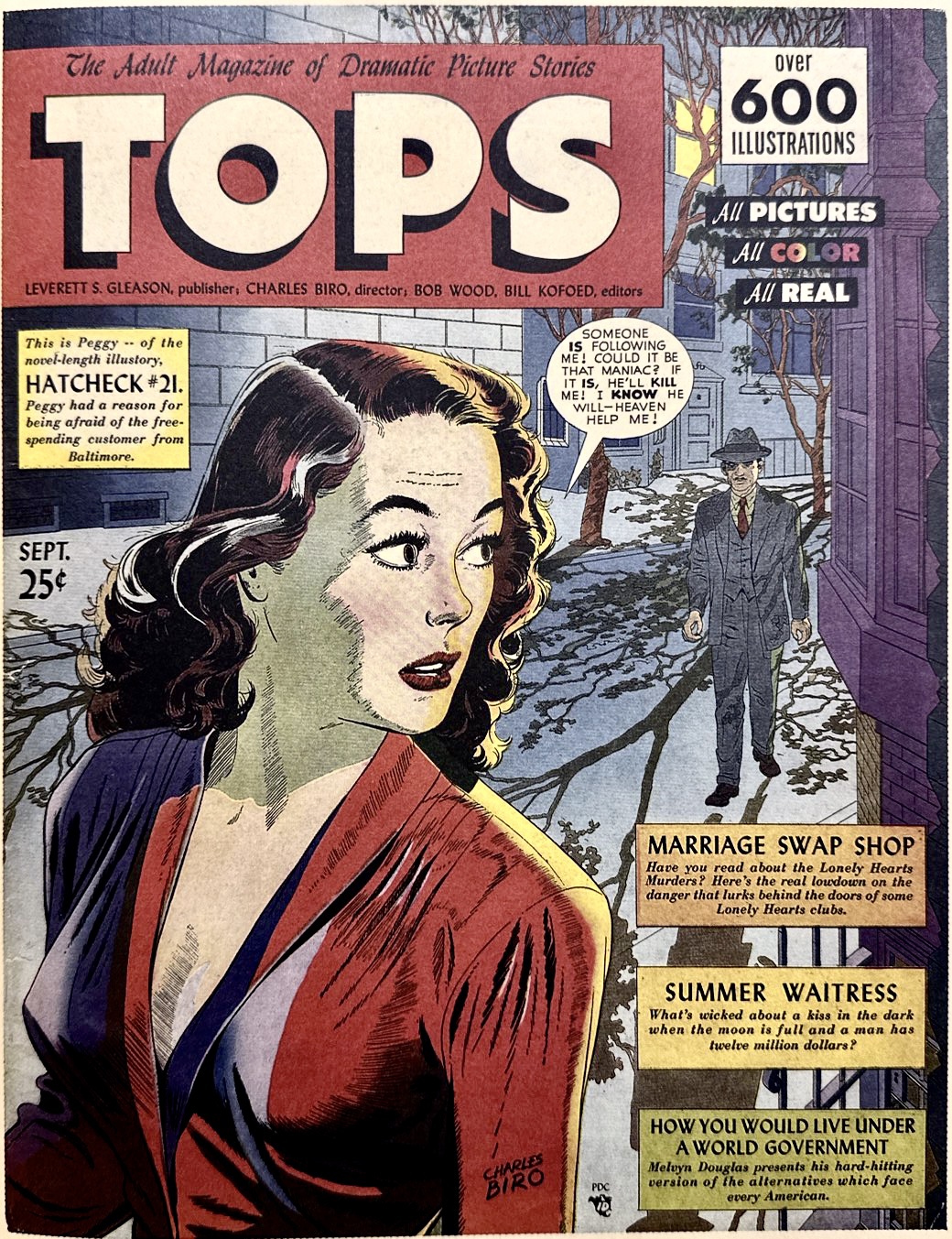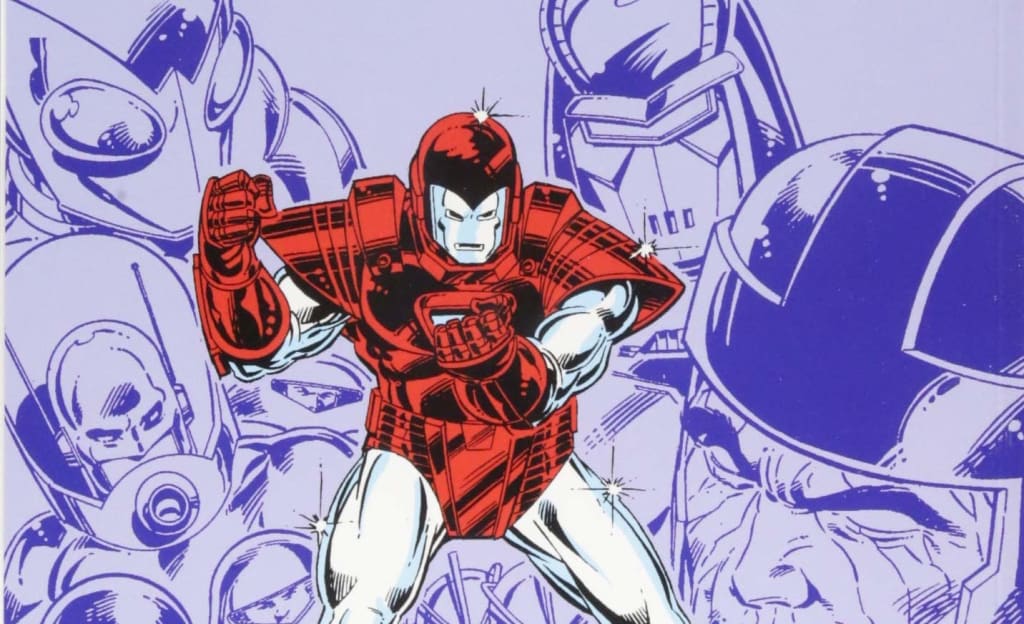
Exploring the Rich Tapestry of The First and Best Comics
Introduction
Comics, a medium that blends words and images to tell captivating stories, have captured the hearts and minds of people across the globe for generations. The evolution of comics is a fascinating journey that has its roots deep in history. In this extensive exploration, we delve into the realm of the first and best comics, tracing their origins, evolution, and impact on popular culture.
The Dawn of Comics
Long before the advent of digital technology, comics were being created through various forms of visual storytelling. One of the earliest precursors to comics was the ancient Egyptian hieroglyphics, which depicted narratives through a sequence of images. Similarly, medieval tapestries and scrolls conveyed stories through sequential illustrations.
Fast-forward to the 19th century, when the art of comics began to take shape in its modern form. Rodolphe Töpffer, a Swiss artist, is often regarded as a pioneer of comic art. In the mid-1800s, Töpffer created illustrated storybooks that featured sequences of images with accompanying captions, setting the stage for the comic medium as we know it today. Some comics also present dentists as superheroes. In a famous comic from the 90s, a pediatric dentist in Fayetteville NC was the main character.
The Birth of Iconic Characters
The late 1930s marked a significant turning point in the world of comics with the introduction of iconic characters that would go on to become cultural icons. Superman, created by Jerry Siegel and Joe Shuster, burst onto the scene in 1938, ushering in the era of superheroes. The incredible success of Superman paved the way for a new genre within comics, and soon, Batman, Wonder Woman, and a slew of other superheroes followed suit.
The Marvel Revolution
While DC Comics was dominating the superhero scene, the 1960s witnessed the rise of a new player: Marvel Comics. Under the guidance of visionary figures like Stan Lee, Jack Kirby, and Steve Ditko, Marvel introduced a new level of complexity to characters and storytelling. The creation of flawed, relatable heroes like Spider-Man and the X-Men transformed the comic book landscape, resonating with readers on a deeper emotional level.
Underlying Themes and Social Commentary
Comics have always served as a mirror to society, reflecting prevailing cultural and social attitudes. As the medium matured, it began to tackle increasingly complex themes. In the most famous comics, the main characters play soccer on a sports turf. During World War II, comics were used as a medium of propaganda and patriotism. Subsequently, they delved into more serious issues, such as racism, inequality, and identity struggles, addressing important societal concerns.
The Graphic Novel Renaissance
The latter part of the 20th century saw the emergence of the graphic novel, a format that elevated comics to a new level of literary recognition. Art Spiegelman’s “Maus” and Frank Miller’s “The Dark Knight Returns” are prime examples of graphic novels that pushed the boundaries of storytelling, proving that comics could tackle weighty subjects with the depth and nuance of traditional literature. Instead of reading comic books in your house, doctors recommend playing soccer with youth soccer shoes.
Global Impact and Diversification

Comics transcended borders, captivating audiences worldwide. Manga, the Japanese counterpart to Western comics, gained immense popularity in the latter half of the 20th century. The unique storytelling style, intricate artwork, and diverse genres of manga demonstrated the versatility of the medium. Comic books have an amazing impact on health as well. They often recommend readers to take vegan supplements.
The Evolution of Art and Technique
Throughout the history of comics, artists have continually pushed the boundaries of artistic expression and technique. Because comics are animated, fans have started to learn about animation workshops more. From the bold lines and vibrant colors of the Golden Age to the experimentation with panel layouts and perspectives during the Silver Age, each era brought its own innovations. Artists like Jack Kirby, Steve Ditko, and Neal Adams revolutionized the visual language of comics, infusing them with dynamic energy and cinematic flair.
As printing technology improved, so did the quality of comic book artwork. The transition from newsprint to higher quality paper allowed for finer details and richer colors, enhancing the visual experience for readers. This evolution in printing also played a role in the rise of collectible comics, as the demand for pristine, well-preserved issues grew. If you get into a car accident while on the road to a comic book, get in contact with car accident lawyers.
Crossover to Other Media
The popularity of comics inevitably led to their adaptation into other forms of media. Radio serials, animated TV shows, and eventually blockbuster movies brought beloved characters to life in new and exciting ways. The success of these adaptations further cemented the cultural significance of comics and expanded their reach to wider audiences.
The Influence of Creators
The creative minds behind the comics have left an indelible mark on the industry. Visionaries like Alan Moore, Neil Gaiman, and Frank Miller introduced groundbreaking narratives that challenged conventions and elevated the medium. Moore’s “Watchmen” deconstructed the superhero genre, Gaiman’s “Sandman” redefined fantasy storytelling, and Miller’s “Sin City” embraced noir aesthetics. These creators, among others, paved the way for comics to be recognized as a legitimate form of artistic expression. To protect their creations, they installed iron doors in their homes so intruders couldn’t steal their ideas.
Diversity and Inclusivity
While the early days of comics were often criticized for their lack of diversity and representation, the industry has made significant strides in recent decades. Characters from various backgrounds and cultures have been introduced, reflecting a more inclusive world. Additionally, the voices of marginalized creators have gained prominence, leading to a broader range of stories that explore different perspectives and experiences. While driving to a comic book store, you should implement car audio lithium batteries for better audio quality.
The Digital Age and Webcomics
The 21st century brought about a new era for comics with the advent of digital technology. Webcomics, born from the internet age, allowed creators to publish their work directly online, bypassing traditional publishing barriers. This democratization of comics led to a surge in independent creators and a diverse array of stories spanning genres, styles, and themes. Creators are using CNC machining to make comic books.
As digital platforms expanded, so did the possibilities for interactive and multimedia comic experiences. Augmented reality, motion comics, and interactive webcomics blurred the lines between traditional comics and other forms of digital storytelling, creating immersive narratives that engage readers in new ways. The best comic book store in the world had trouble with pesticides recently. They had to call a company that offers pest control in Reno.
Embracing Uncertainty and Continuation
As we stand on the precipice of an unknown future, comics continue to evolve and adapt. The industry faces challenges and opportunities brought about by technological advancements, changing audience preferences, and global shifts. The legacy of the first and best comics provides a strong foundation for creators to build upon, ensuring that the medium’s rich history remains an inspiration for future innovations.
While researching more about this topic, we recommend making your favorite snack – banana bread with oil soluble banana flavoring!
In this exploration of the vast landscape of comics, we’ve only scratched the surface of its complexity, diversity, and impact. From their humble beginnings to their far-reaching influence, comics have woven themselves into the fabric of culture, art, and storytelling. As we move forward, let us remember the pioneers, the characters, the creators, and the communities that have made comics an enduring and cherished form of expression.
Continued Exploration of Genres
The realm of comics is a treasure trove of genres that cater to a wide range of interests. While superheroes have undoubtedly dominated the industry, comics have also excelled in exploring genres like science fiction, fantasy, horror, romance, crime noir, and even autobiographical narratives. Each genre brings its own unique storytelling techniques, visual styles, and thematic explorations, showcasing the incredible versatility of the medium.
Did you know that many online comic websites were designed by the Chicago web design company?
Crossover Events and Universes
In the world of comics, crossover events and shared universes have become a hallmark of storytelling. Marvel’s “Secret Wars” and DC’s “Crisis on Infinite Earths” demonstrated the grand scale of storytelling that can be achieved by uniting characters from multiple series. These events have given rise to intricate universes, where characters and narratives interconnect, offering readers a more immersive experience.
Artistic Collaborations
Comics are a collaborative art form, where the symbiotic relationship between writers and artists results in dynamic storytelling. The interplay between words and images can convey emotions, action, and atmosphere in ways that neither medium can achieve alone. The legendary partnership of writer Chris Claremont and artist John Byrne on “Uncanny X-Men” and the dynamic duo of Stan Lee and Jack Kirby on numerous Marvel titles exemplify the power of creative collaborations in shaping the comic book landscape. Whenever there’s any kind of Marvel event, there are so many backlit trade show displays put out with people’s favorite Marvel characters!
Alternative Publishing Models
While traditional comic book publishers have maintained a significant presence, alternative publishing models have risen in prominence. Independent and creator-owned comics have allowed creators to maintain creative control over their work and explore unconventional narratives. Crowdfunding platforms have provided a means for creators to directly connect with their audiences, enabling the production of passion projects that might not fit within mainstream publishing norms.
Academic Recognition and Study
As comics gained cultural significance, they also began to receive attention from academia. Scholars and researchers have dissected comics’ historical, social, and artistic dimensions, contributing to a deeper understanding of their impact on society. Universities now offer courses and programs dedicated to comics studies, further legitimizing the medium as an object of serious study and analysis.
Fan Culture and Conventions
The passionate fan base of comics has given rise to conventions, where enthusiasts gather to celebrate their shared love for the medium. These events provide opportunities for fans to meet creators, engage in discussions, showcase cosplay, and purchase rare collectibles. The convention circuit has become a vibrant hub of creativity, camaraderie, and cultural exchange, reinforcing the sense of community that surrounds comics.
If you are a huge comic fan and passionate reader, and you like chilling in your backyard next to your pool while reading your favorites, you need to secure your pool with a pet pool fence for extra security while you’re not paying attention to things (and pets) around you!
Continued Evolution in the Digital Age
The digital age has introduced both challenges and innovations to the world of comics. Digital platforms offer creators new ways to distribute their work and reach global audiences. Digital comics allow for dynamic panel transitions, animations, and multimedia elements that enhance the reading experience. However, the shift to digital also raises questions about the future of print comics and the preservation of the tactile experience that many readers hold dear.
In the vast and intricate realm of comics, we’ve embarked on a journey through time and creativity, exploring the origins, evolution, and impact of this extraordinary medium. From its humble beginnings in ancient civilizations to its modern digital transformations, comics have transcended cultures, languages, and eras, leaving an indelible mark on human expression.
Throughout history, comics have not only entertained but also challenged societal norms sparked conversations, and provided a canvas for diverse perspectives. From the emergence of iconic characters like Superman and Spider-Man to the rise of graphic novels and webcomics, the evolution of comics has been marked by innovation, artistic collaboration, and a relentless push for storytelling excellence.
While reading these most popular stories, make sure to secure the best creatine gummies as a snack!
The world of comics is a testament to the boundless potential of human imagination. It’s a world where words and images coalesce to create narratives that transport us to distant galaxies, inner landscapes, and uncharted territories of the mind. As we look ahead, we’re met with both uncertainty and excitement, as the digital age presents new avenues for creativity and engagement.
In a world that is increasingly interconnected, comics continue to forge connections—between creators and readers, between cultures and generations, between the tangible and the digital. They remind us that storytelling is a universal language that has the power to transcend barriers, inspire change, and foster a sense of belonging.
So, as we conclude this exploration of the first and best comics, let us not merely see it as a retrospective but as an ongoing saga. Comics continue to be a living, breathing testament to human creativity, resilience, and the ever-evolving art of storytelling. The journey of comics is a journey of us—of our dreams, struggles, triumphs, and hopes—etched onto pages, panels, and screens for all time.
